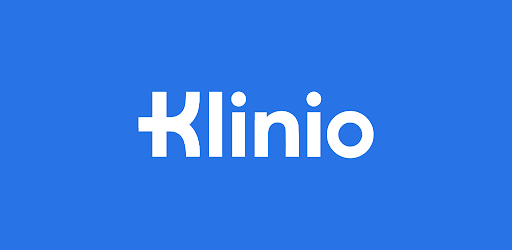A new data analysis of patients with type-2 diabetes has found that people who use the diabetes management app, Klinio, for a minimum of 19 days over 2.5 months are twice as likely to reduce their absolute HbA1c value by 0.59 percent.
The data found users were also twice as likely to achieve clinically meaningful improvement than users who had fewer logins. A change of 0.5 is considered a meaningful change in a person’s health status and is accepted by the Food and Drug Administration.
The data analysis was conducted by the digital health company, Kilo Health, and validated by the independent organization, Validation Institute, which authenticates and verifies findings and claims made by third-party solutions providers.
Kasparas Aleknavicius, MD and head of Medical Affairs for Kilo Health, says his team of scientists wanted to see how mobile apps could help patients with diabetes better manage their disease in comparison to previously published studies.
“This research confirmed our belief that blood glucose levels can get under control quickly with the help of a mobile app,” said Aleknavicius. “This is promising for diabetics who struggle managing their disease. You can manage your diabetes with the help of technology and mobile apps. In this case, we observed a substantial reduction with their HbA1c levels in just over two months.”
Kilo Health found more than a thousand diabetes management apps on the market, however, Aleknavicius said few trials reported significant improvement in disease control while measuring HbA1c levels.
Aleknavicius says this new research reinforces the role retention and engagement play in managing diabetes. One in 3 Americans have prediabetes, and one in 5 Americans will have full-on diabetes by 2025, according to the Centers for Disease Control and Prevention. It’s estimated 8 percent of the global population already has diabetes.
“We need to continually remember that if you stop managing your diabetes, it will get worse,” said Aleknavicius. “Your choice of diabetes management app is up to you. What’s most important is making sure diabetics and pre-diabetics find a tool today to help them better manage their diabetes. Ignoring it won’t take it away.”
Research and Methodology for Study
Under this study, analysts with Kilo Health studied a population of 342 type 2 diabetics who started using the Klinio app in September 2020. Roughly 81 percent of the population was women and 19 percent were men, with everyone between the ages of 25 and 84.
The number of active days was obtained from the app's login data, while total time of use was calculated by subtracting the first login date from the last.
Gender, age, and HbA1c values were self-reported by users during their account setup. At the time, Klinio asked users to input their latest known HbA1c value obtained from their blood sample test performed in the certified lab. Users were asked again to report HbA1c values after the scheduled blood tests. The time between measures had to be at least 3 months. For an HbA1c difference, the starting HbA1c value was subtracted from the last recorded HbA1c value.
The Klinio app is available to download for free on iOS and Android.

